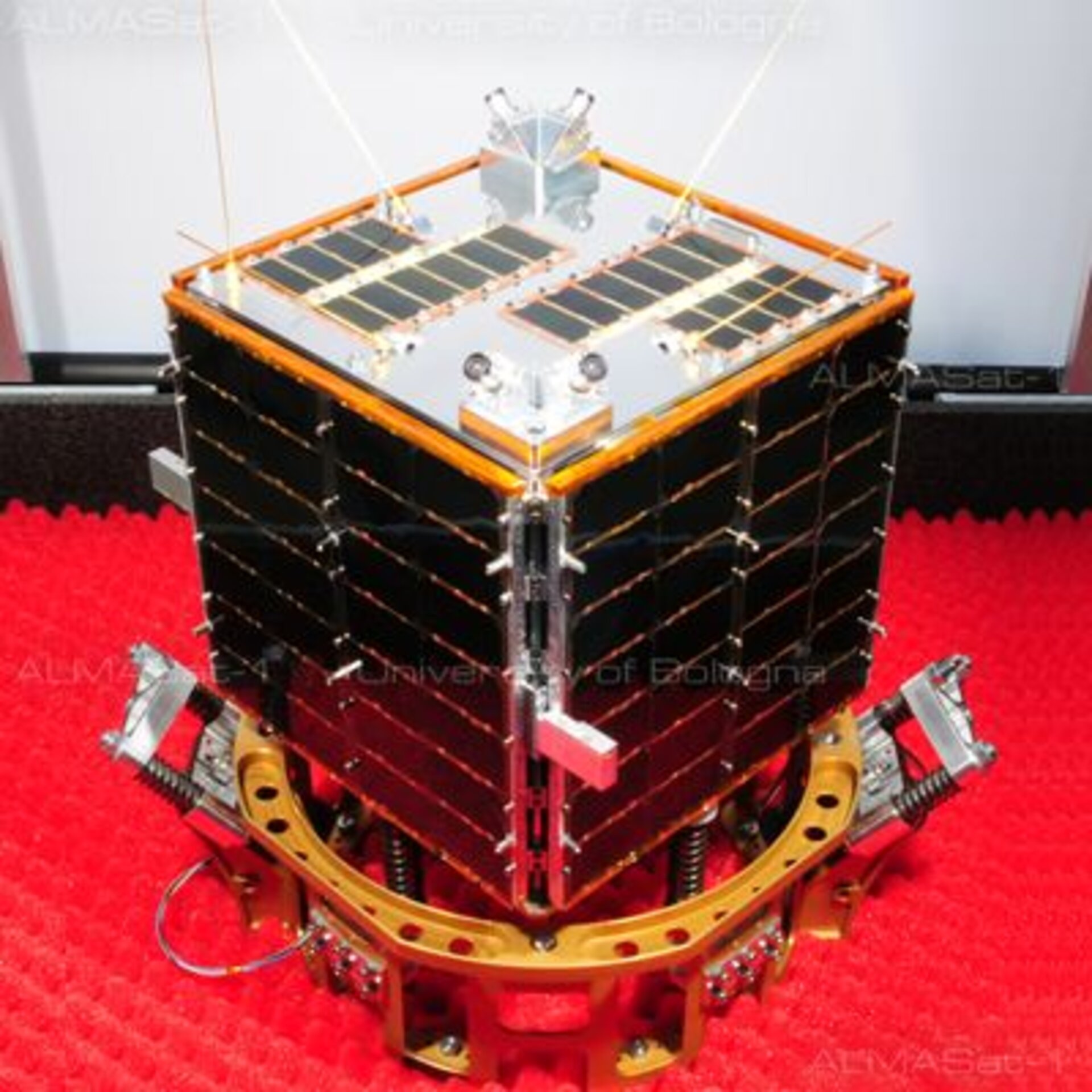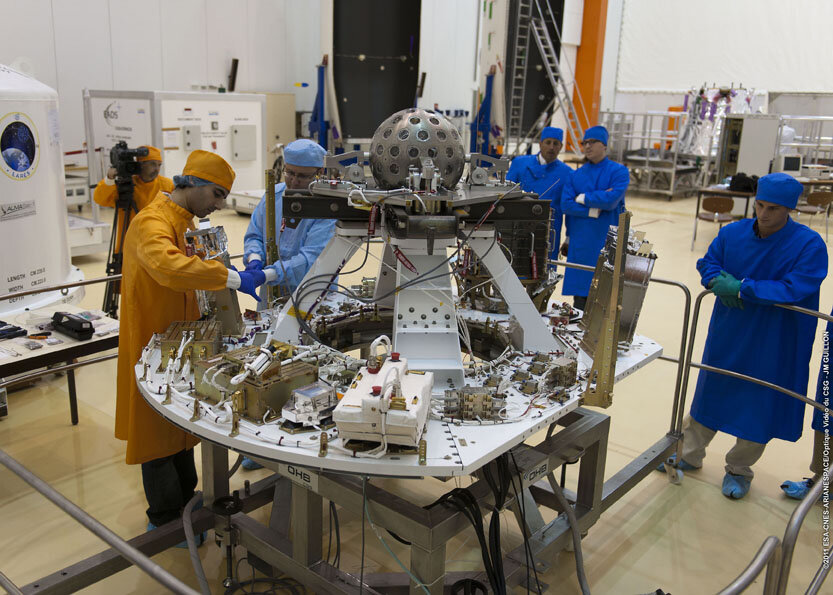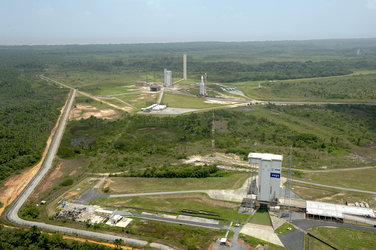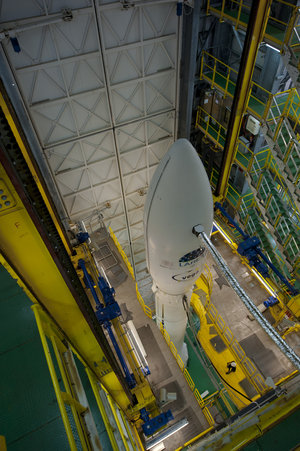ALMASat-1: ALma MAter SATellite
ALMASat-1 is a 12.5 kg technology demonstration microsatellite developed and built by the University of Bologne.
The 30 cm cube is a modular structure that can be used for various technology demonstration or Earth observation missions. The main objective of this first mission was to test the key performance of this low-cost multipurpose bus to prepare for future missions, such as 3-axis pointing accuracy.
To ensure the deorbiting of the satellite within 25 years, ALMASat was injected into an elliptical orbit with a perigee altitude of 350 km.
The first ALMASat (ALma MAter SATellite) demonstration mission was launched in 2012 on the first Vega flight from Europe's Spaceport in French Guiana. Among the possible future applications, was the use of an enhanced ALMASat bus for a microsatellite Earth Observation mission (ALMASat-EO), recently funded by the Italian Ministry of Research (MiUR). As a first step, a fully automated amateur radio ground station was designed and installed in the faculty labs and was operational since September 2003.
At the same time, the faculty staff, PhD and graduate students were directly involved in the satellite design, manufacturing and assembly, and also took care of the spacecraft operations in orbit. The satellite weighs about 12.5kg and consists of a cubical prism, 300mm side, with a modular structure made of six shop-machined Al trays, kept together by eight stainless steel bars. Four Al/Al honeycomb lateral panels, which are the support structure of glued solar panels, complete the satellite structure. This architecture was selected to have a multi-purpose bus, to be used with minor changes for several missions, accommodating payloads with different volume and power requirements.













